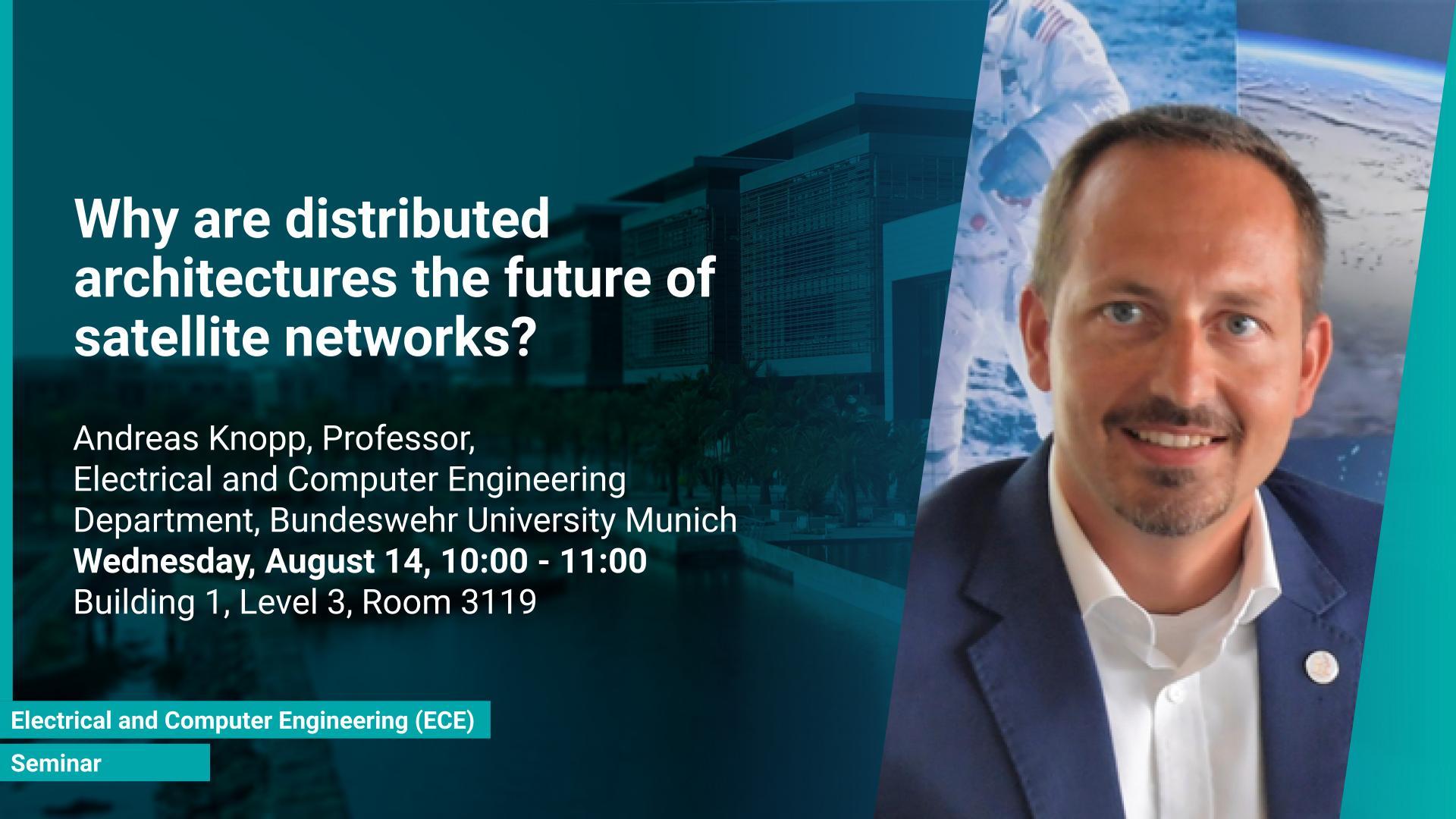Abstract
Satellite communication systems (SatCom) are undergoing a major transition. An industry long dominated by a limited number of heavy geostationary (GEO) satellites is shifting its focus to many small satellites in low earth orbit (LEO). The reduction in the cost of launching objects into space and the advent of small satellites are enabling a process of democratizing access to space. As a result, over two thousand satellites were launched in 2023 alone and a launch rate of 8 satellites per day is expected until 2032. The satellite itself is undergoing a profound transformation from a transparent reflector with rigid constraints to a regenerative flexible system with onboard processing capabilities, enhancing legacy services and opening to new space applications. However, the typical architecture of satellite communications based on monolithic satellites presents certain difficulties in meeting the requirements of future satellite network services.
Clusters, fractionated systems, swarms, and more generally, distributed satellite systems (DSS) replace a monolithic satellite with a coordinated system of multiple small satellites. They create large virtual antenna apertures, leading to a significant increase in spatial resolution, better frequency reuse, and greater fault tolerance.
In this keynote, Prof. Andreas Knopp will discuss the benefits and challenges of innovative space segment architectures based on distributed satellite systems and explain why they are the future of satellite networks.
Brief Biography
The Chair of Signal Processing (CSP) is among the leading research institutes with a strong focus and dedication to satellite and space communications technology. Our research activities comprise all types of research problems and applications in signal processing, waveform design, signal monitoring, and network integration for contemporary communication satellites and other space-borne platforms.
With the Munich Center for Space Communications, the CSP hosts and operates one of Germany’s largest and most versatile research facilities for true over-the-air testing of satellite communication equipment and technologies. The Center is split up into a governmental test and verification range called “Bundeswehr SATCOM Center for Evaluation, Research & Test” (SatCERTBw) and the “Munich SpaceCom Labs”, an independent and open research facility for space communications. Equipped with satellite ground stations C-, X-, Ku- and Ka-band, signal generation and measurement capabilities, as well as different satellite capacities, the Center offers lab setups, system trials, system and equipment evaluation, as well as various research test beds for special problems.
As another research branch, with a history of more than 20 years, the CSP has been operating a very successful research division for Biomedical Information Technology. This group, nowadays led by principal scientist Dr. Gerhard Staude, focuses on signal-processing methods for non-invasive clinical diagnosis. In this context, the group pledges in-depth cooperation with numerous hospitals and research groups of leading medical centers and faculties.
